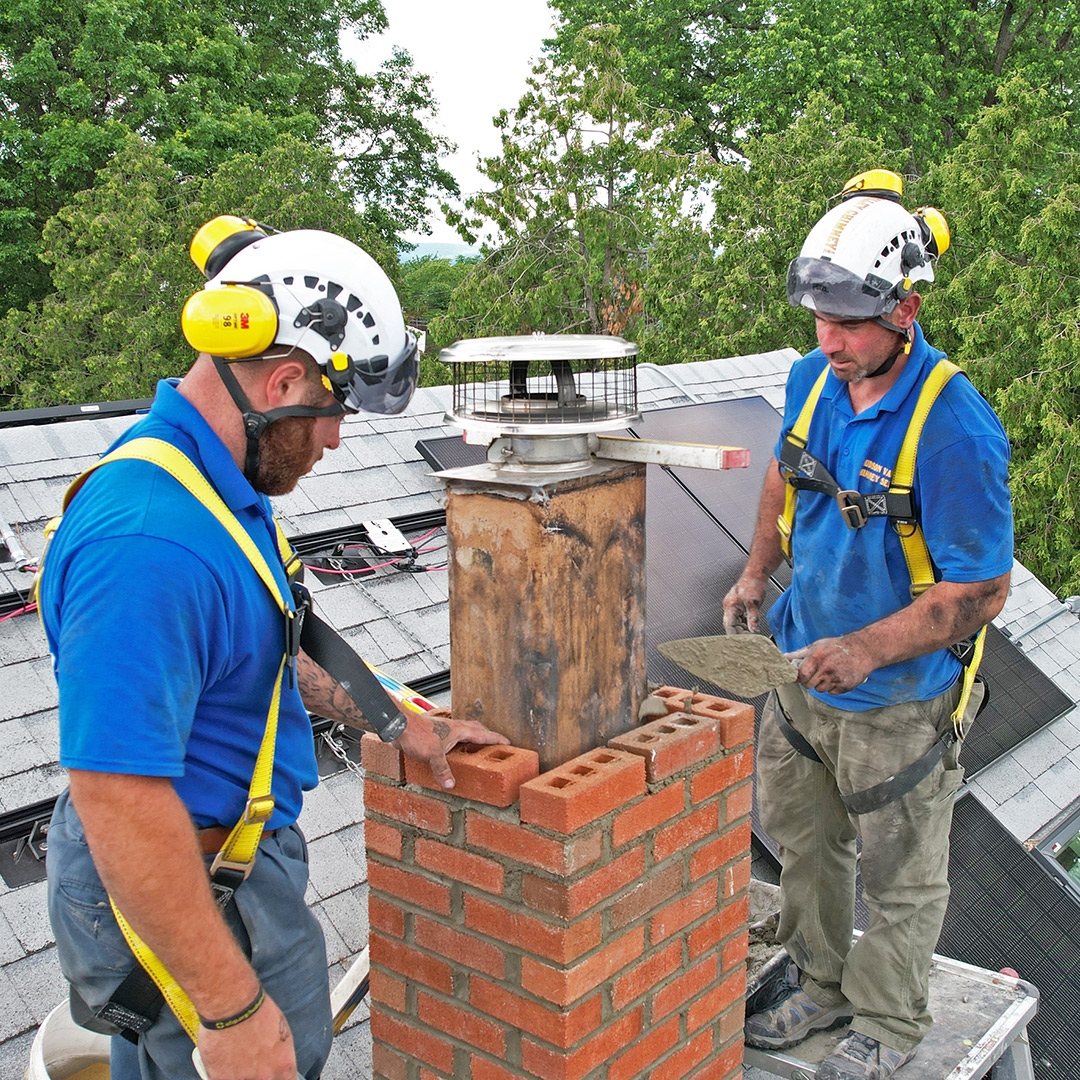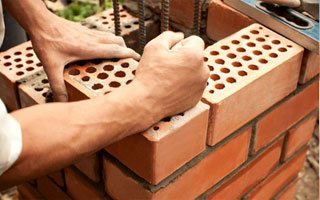Opening the Secrets of Sustainable Stonework Construction Practices for Eco-Friendly Structures
Amongst the myriad methods to green structure, lasting stonework building and construction stands out as a time-tested and durable method that holds a wide range of untapped capacity. From the choice of products to cutting-edge construction methods, the tricks to accomplishing sustainability within masonry construction are diverse and fascinating.
Advantages of Sustainable Masonry Building And Construction
Embracing lasting stonework building techniques not only minimizes ecological effect but likewise uses long-term economic benefits to building contractors and neighborhoods. By utilizing materials like recycled blocks, obstructs, and rocks, building contractors can dramatically lower the carbon impact of their projects while advertising source efficiency. Additionally, sustainable stonework construction techniques, such as proper insulation and thermal mass properties, can boost energy effectiveness within buildings, causing decreased operational expenses with time.
Additionally, the durability and resilience of stonework frameworks add to long-lasting financial advantages. Structures created using lasting stonework techniques typically need less upkeep and repair service, translating to set you back savings for builders and home owners. The durability of masonry products also makes certain that structures remain secure and safe and secure, decreasing the requirement for frequent renovations or replacements.
Eco-Friendly Masonry Products
Making use of green stonework materials is an essential action in the direction of enhancing the sustainability of building methods and lessening environmental influence while making best use of long-lasting financial benefits. Sustainable masonry products are sourced, generated, and used in a manner that reduces total environmental impact. Sustainable concrete obstructs incorporate recycled aggregates and may feature better insulation residential properties, contributing to energy effectiveness in structures.
In addition, all-natural products like adobe, rammed planet, and straw bundles provide superb thermal mass properties, reducing the need for heating and cooling power. These products are often locally offered, promoting regional economies and lowering transportation-related carbon emissions. By choosing environment-friendly masonry products, building and construction projects can substantially reduce their environmental impact and add to the production of much healthier, more lasting constructed settings.
Energy-Efficient Masonry Techniques
Energy effectiveness plays an essential duty in improving the sustainability of stonework construction practices. One crucial energy-efficient masonry method is the usage of thermal mass, which involves including thick products like concrete or brick into the building's framework to take in and keep warm.

Developments in Sustainable Stonework
Recent advancements in sustainable stonework methods have actually caused innovative techniques that are reshaping the construction market. One such development is the advancement of self-healing concrete, which utilizes bacteria embedded within the concrete to heal cracks autonomously. This development not only decreases maintenance costs however additionally enhances the sturdiness of stonework frameworks, adding to their sustainability.
An additional significant development is the use of recycled accumulations in masonry building and construction - masonry contractor. By incorporating products such as smashed ceramic waste or recycled glass into concrete mixes, builders can lower the environmental influence of building tasks while keeping architectural integrity. This method not only draws away waste from garbage dumps but additionally saves natural deposits, making it a key advancement in lasting stonework building
Additionally, the integration of digital style tools, such as Building Information Modeling (BIM), is revolutionizing the method masonry structures are planned and built. BIM enables more accurate computations, minimized material wastage, and boosted power effectiveness, ultimately bring about more sustainable building methods. These advancements collectively represent an appealing future for lasting masonry building and construction in the age of environmentally friendly structures.
Future Trends in Masonry Sustainability
With the cutting-edge strides made in lasting stonework practices, the future patterns in stonework sustainability her latest blog are positioned to additional reinvent the building market. Among the key patterns forming the future of stonework sustainability is the raised combination of technology. Innovations such as Structure Info Modeling (BIM) and virtual reality simulations are being utilized to maximize stonework building and construction processes, resulting in lowered product waste and improved energy effectiveness in structures.
Moreover, the advancement of novel sustainable products is established to play a substantial role in enhancing the eco-friendliness of stonework building. masonry contractor. Technologies like self-healing concrete, recycled accumulations, and bio-based binders are getting grip for their capacity to lessen ecological effect while maintaining architectural honesty

Conclusion
Finally, lasting masonry building and construction techniques offer many benefits for environmentally friendly structures. By making use of environment-friendly materials and energy-efficient techniques, masonry can add to an extra lasting built setting. Technologies in sustainable stonework are continuously being developed to even more boost the ecological efficiency of buildings. Looking towards the future, the trend of masonry sustainability is expected to expand, resulting in more eco-friendly and energy-efficient building and construction practices in the years ahead.